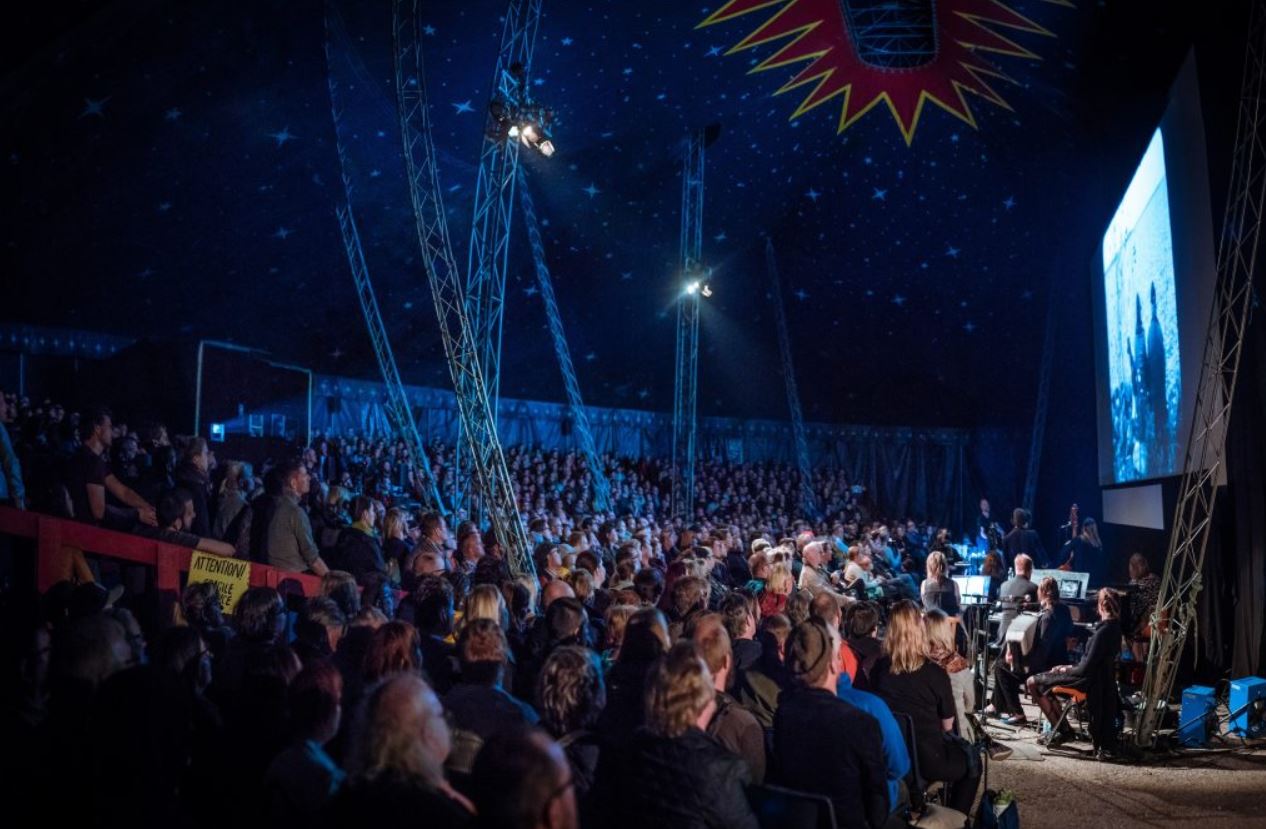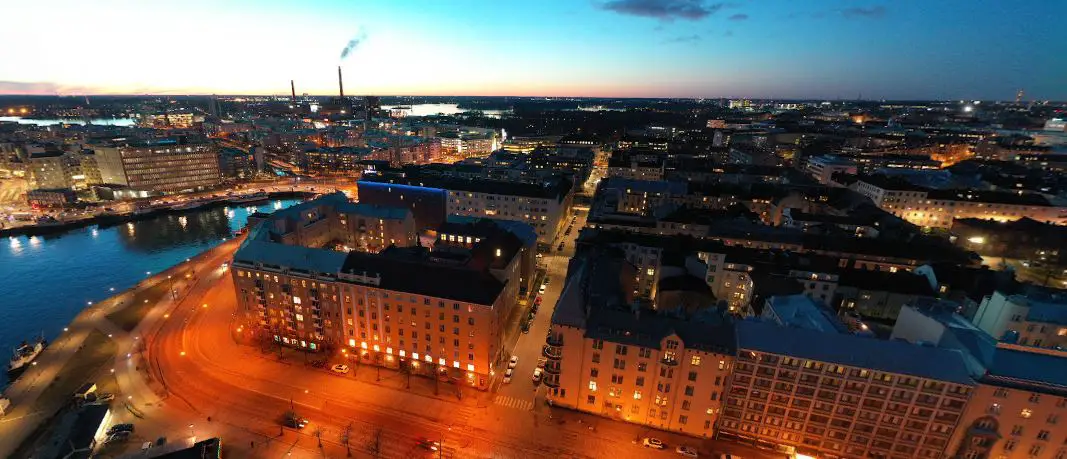Are there any UNESCO World Heritage Sites in Finland?
Post ByAdequate Travel
Summary
Travelers looking for an adventure in the North can find plenty of amazing and exciting sights in Finland! The Scandinavian country is home to a number of UNESCO World Heritage Sites, so if you're looking for an unforgettable experience, Finland should be at the top of your list! Learn more about the fascinating heritage sites Finnish culture has to offer. While planning your trip, take note of any travel restrictions that may impact your itinerary, such as limited access to certain regions or attractions.
There are seven UNESCO World Heritage Sites in Finland, which showcase the country's diverse cultural and natural heritage. Here are the details of each site:1. Old Rauma (Vanha Rauma) Located on the west coast of Finland, Old Rauma is one of the largest wooden towns in the Nordic region. Its well-preserved structures and urban layout provide a glimpse into life in a historic Scandinavian coastal town.2. Fortress of Suomenlinna Situated on a group of islands off the coast of Helsinki, the Fortress of Suomenlinna was built in the 18th century. It served as a maritime fortress protecting the Gulf of Finland and has witnessed significant European history.3. Petäjävesi Old Church Dating back to the mid-18th century, Petäjävesi Old Church is an excellent example of Lutheran wooden church architecture. Its traditional design and harmonious integration with the surrounding natural landscape make it a remarkable site.4. Verla Groundwood and Board Mill This industrial heritage site represents the early years of Finland's forestry industry. Verla Mill, located in southeastern Finland, showcases the entire production process of groundwood and board, including its workers' village.5. Bronze Age Burial Site of Sammallahdenmäki Sammallahdenmäki is an ancient burial site on Finland's west coast. It contains 36 granite burial cairns and provides valuable insights into the burial practices and culture of the Bronze Age people.6. Struve Geodetic Arc The Struve Geodetic Arc is a transnational chain of survey triangulations connecting ten countries across Europe. It was used in the 19th century to accurately measure the Earth's size and shape.7. Kvarken Archipelago / High Coast Shared with Sweden, the Kvarken Archipelago is a unique area in the Gulf of Bothnia. It includes a cluster of about 5,600 islands and islets, and is known for its continuously rising land uplift, resulting in various geological phenomena.In summary, Finland offers a range of UNESCO World Heritage Sites, from well-preserved historic towns and architectural landmarks to industrial heritage sites and natural landscapes. These sites provide visitors with a deeper understanding of Finland's rich history, culture, and natural wonders.The place is known for its rich history and culture, welcomes tourists with open arms. However, be sure to review the travel advisory and travel warnings to ensure a safe and enjoyable experience.
Suggested Questions
- Leivonmäki National Park, Joutsa: Horror Story, History & Paranomial Activities
- Mäntyharju Old Church, Mäntyharju: Horror Story, History & Paranomial Activities
- Lohja Church, Lohja: Horror Story, History & Paranomial Activities
- Kauhajoki Old Rectory, Kauhajoki: Horror Story, History & Paranomial Activities
- Tornio Old Church, Tornio: Horror Story, History & Paranomial Activities
- Kajaani Castle, Kajaani: Horror Story, History & Paranomial Activities










